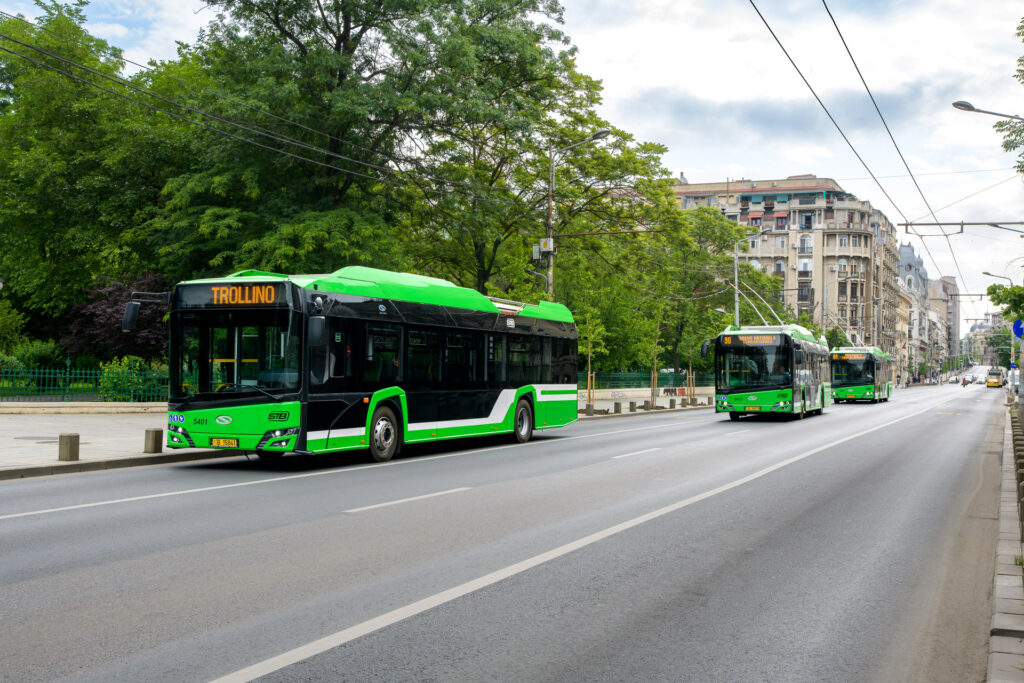
In-motion charging (IMC)
In-motion charging (IMC) is another method for charging batteries in city buses, alongside the so-called fast charging – most often using a pantograph – and slow or overnight charging via a plug-in connection.
This charging method is typically used in trolleybuses equipped with additional batteries. Such vehicles operate within cities primarily using electricity from the overhead wires, but thanks to the batteries, they can travel parts of their routes independently of the trolley catenary. The batteries charge while the vehicle is connected to the overhead wire, drawing power directly from the grid.
Depending on battery capacity, a trolleybus can travel up to several dozen kilometres without being connected to the catenary. There are also known projects in which the autonomy outside the traction is as much as 100 km. This allows for the creation of zero-emission routes in areas where catenary is not available or planned, such as historic city centers, where wiring would disrupt the aesthetic value of the surroundings. These vehicles can also be rerouted to high-demand areas, helping to optimize fleet management.
Trolleybuses with IMC-charged batteries can be found in trolley cities such as Bucharest, Genoa, Bergen, Arnhem, Solingen, Riga, Gdynia, or Lublin.